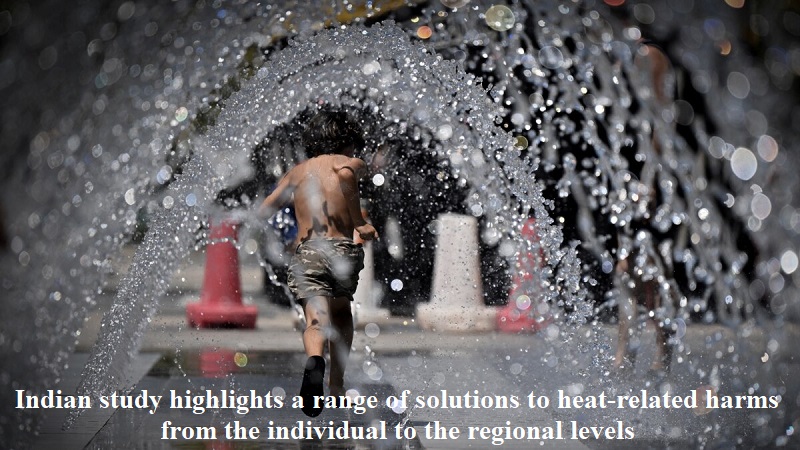
According to a rapid attribution analysis conducted by a team of leading climate scientists from the World Weather Attribution group, the ongoing humid heatwave in parts of Asia, including India, is at least 30 times more likely to occur due to the deadly effects of climate change resulting from human activity.
The study focused on the record high temperatures observed in the last two weeks of April 2023 in various regions of India, Bangladesh, Thailand, and Laos. It emphasized that these extreme humid heat conditions, largely driven by climate change, have detrimental impacts on vulnerable and disadvantaged communities.
In India, several northern and eastern cities recorded maximum temperatures above 44°C on April 18. Tragically, on April 16, at least 11 individuals reportedly lost their lives due to heat stroke while attending the Maharashtra Bhushan Award ceremony in Navi Mumbai.
The study warned that India and Bangladesh could expect such “humid heat events” to occur every 1-2 years. It also highlighted that India has the most advanced heatwave planning among the countries studied, with heat-related fatalities decreasing in regions where heat action plans, such as those in Ahmedabad and Odisha, have been implemented.
However, the study acknowledged that these solutions are often inaccessible to the most vulnerable populations. It stressed the importance of improving vulnerability assessments and designing interventions that address the specific needs of different groups.
Heatwaves are considered one of the deadliest disasters, according to Chandra Sekhar Bahinipati from the Indian Institute of Technology (IIT), Tirupati. While heatwaves are widely recognized as a significant threat, there is a lack of knowledge regarding vulnerability, estimation of losses and damages, household coping mechanisms, and effective heat action plans.
Marginalized communities are often the most severely affected, and many are still recovering from the COVID-19 pandemic and previous heatwaves and cyclones. Implementing mitigation and adaptation strategies becomes crucial to mitigate visible and invisible losses and damages, as stated by Emmanuel Raju, the Director of the Copenhagen Centre for Disaster Research at the University of Copenhagen.

Post Your Comments